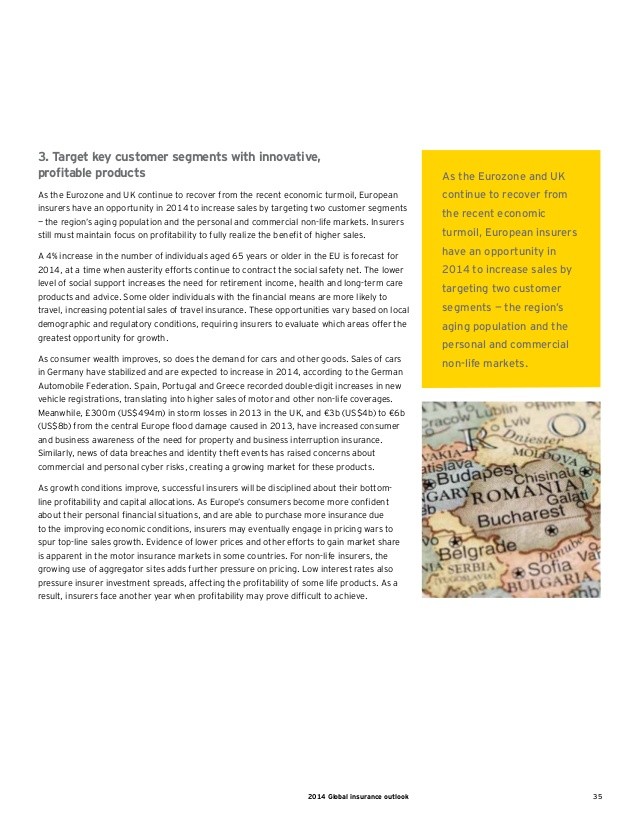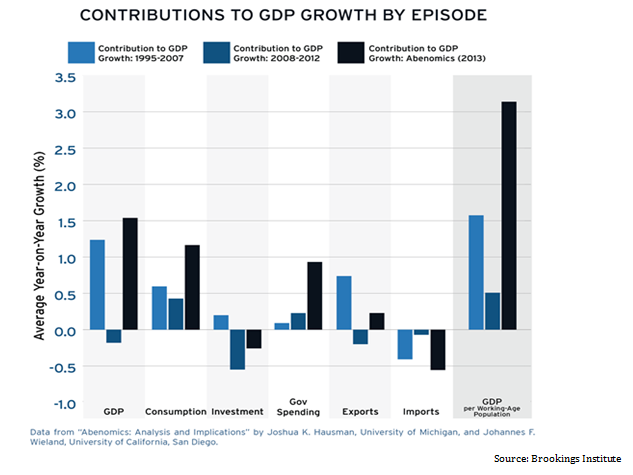Retooling your bond allocations for 2014
Post on: 13 Июнь, 2015 No Comment

MichaelFabian
Michael is a managing partner at FMD Capital Management. a fee-only registered investment advisory firm specializing in exchange-traded funds. Michael is the leader of the FMD investment committee where he implements actively-managed income portfolios using ETFs, mutual funds and closed-end funds. His investment philosophy is aimed towards designing portfolios that are low in volatility while still providing a high income stream, then shift in response to changing market environments. He also implements active risk management practices to protect his investors from ultimately experiencing a large loss. He regularly contributes his views on wealth management in his company blog. podcasts and special reports. You can follow Michael on Twitter @fabiancapital or email him at Michael@fmdcapital.com.
Michael ‘s Latest Posts
In our December memo to clients I discussed the changes that are continuing to unfold in the fixed income markets and how it pertains to the various bondholdings in our portfolios.
Although equity markets have continued to dominate financial media headlines in recent months with record setting performance achievements, I think it’s important that investors continue to review the fixed-income sleeve of their portfolio more frequently, so that the size and weight is in line with their expectations for total return, alongside any potential variables that lie ahead.
Believe it or not success in fixed income investing doesn’t squarely depend on the future direction of interest rates, but it does if your wallowing around in an aggregate bondholding that is weighted based on the total size of the U.S. bond market such as the iShares Core Bond ETF AGG, +0.08% or the Vanguard Total Bond ETF BND, +0.07% In contrast, I believe the future success of investments in bonds will hinge more on variables such as sector allocation, and credit quality than duration alone. In this scenario, investors shouldn’t expect to keep up in a stodgy index product. Accordingly, it’s time to get acquainted with the myriad investment options available in the marketplace, and when to use them.
Interest rate risk
Most investors are probably familiar with what the Federal Reserve’s plans are for tapering their asset purchase programs. However, they may not be familiar with the options that are available to the Fed to keep a cap on how high the intermediate to long end of the yield curve can steepen. The Fed is running out of time, as the current amount of purchases of Treasury and MBS paper is getting larger as a percentage of issuance; which is primarily due to a narrowing U.S. budget deficit and a tightening refinance incentive for existing homeowners. The Fed is very aware of the implications of another rate panic, so upon announcing the beginning of the end for QE, they could also give an implicit guarantee to keep the federal funds rate at 0%-0.25% until 2017 or 2018. This guarantee would push any monetary tightening further down the line, and could in effect keep the 10-year Treasury note yield below 3.5%-4% for the foreseeable future.
Obviously if rates moved to 3.5% from here, investors would feel a renewed sense of pain emanating from their intermediate and long-term fixed income holdings. This is precisely why our Strategic Income clients don’t carry any single bond holding with an effective duration of over five years ; as the risk of interest rate volatility simply doesn’t match up with the reward of higher coupons. In fact, on a weighted average of the roughly 50% bond exposure we carry in that portfolio, the effective duration rests at just 2.79 years. That amounts to nearly half of the 5.09 year effective duration the Barclays aggregate bond index carries. By reviewing this simple metric at least monthly, it makes it easy to trim positions with high durations and swap them for funds with a low overall average length to maturity. Every fixed-income investor needs to have a duration target in mind, and formulate their portfolio accordingly.
Although it can be universally agreeable to keep interest rate risk low in the face of a steepening yield curve, the assumption of credit risk is a much more polarizing subject. Age, risk tolerance, and existing asset allocation all come into play as you evaluate the level of credit risk you’re willing to assume. As I’ve written about in the past. credit as represented by most below-investment-grade indexes has been on a tear of late, exhibiting much lower volatility and higher returns than investment grade indexes. This is due in large part to the strength of the economy in conjunction with low default rates, but also in no small part to the Fed’s quantitative easing program pushing yield thirsty investors into senior loans, high yield corporate, CLO, ABS, and non-agency mortgage backed securities at an alarming rate.
From an observational standpoint, the lust for yield remains insatiable, so however you decide to expose yourself to lower rated securities, keep in mind you should be prepared to be nimble. Credit spreads, or the spread in yield between treasury rates and high yield rates, measured by the BofA Merrill Lynch High Yield Masters Index are currently resting below levels reached in May of this year. Investors should keep in mind that by this measure alone, new purchases in high yield bonds will receive the lowest incentive for assuming additional credit risk since roughly 2007.
Additionally, when shopping for a fund, the intricacies of credit research are best left to active managers. Don’t be fooled by the notion that massive amounts of diversification will be a cushion if default rates rise over time. A well run, actively managed portfolio has the ability to avoid pre-default price declines, and actual default losses. In addition, most passively managed index based exchange-traded funds or mutual funds aren’t cheap enough to justify going along for the ride with nothing more than quarterly reconstitution and rebalancing.
Sector allocation

One of my favorite bond fund manager’s commentary has to be Jeffrey Gundlach’s semiannual call on the DoubleLine Total Return Bond Fund DBLTX, +0.00% After his initial introductory pleasantries where he describes the details of his well thought out themes, he goes into what he refers to as the bloodless verdict of the market where he reviews various sectors and/or credit qualities side-by-side in an effort to illustrate how bifurcated and nonsensical the market can be. One recent observation he had was the outperformance of many high yield bonds versus emerging market bonds. When overlaying the charts the divergence in the most extreme cases reached 10%-12%, with very similar rated U.S. dollar denominated EM securities carrying a surprisingly large spread in yield. You could almost immediately ascertain the relative value of emerging market issues vs. their U.S. listed high yield counterparts.
Identifying and using relative value to your advantage in most cases can produce superior returns over the long term. I advocate using sector fixed income ETFs or mutual funds if you can perform your own due diligence and monitor a more complex portfolio closely. This in turn will give you greater control to overweight potentially undervalued areas of the market and completely remove exposure to more risky sectors. If that’s not something you’re interested in doing, not to worry, I suggest allocating your capital to a flexible multi-sector fixed income strategy run by an experienced management team such as the Pimco Income Fund PIMIX, +0.16% or the Loomis Sayles Bond Fund LSBDX, +0.14% Many of these multi-sector funds carry broad prospectus limits, which allow them to extend or reduce duration easily, and gain exposure to nearly every area of the global bond market.
The bottom line
In summary, the overarching theme of fixed-income investing in 2014 should be to strategically allocate your portfolio to areas that have the chance of producing superior results. Languishing in an aggregate fixed-income index fund yielding a little over 2% with a good amount of duration risk doesn’t sound like it’s going to yield a successful outcome.
Rather, a good mix of quality and credit, allocated in targeted sectors feels like a more effective approach to portfolio management. The beauty of it is that it’s a simple or as complex as you would like it to be. Developing your plan over the next several weeks, and then implementing it as we cross over to the new year, should pave the way toward a prosperous 2014.
DISCLOSURE: Michael Fabian owns shares of DoubleLine Total Return Bond Fund (DBLTX).














